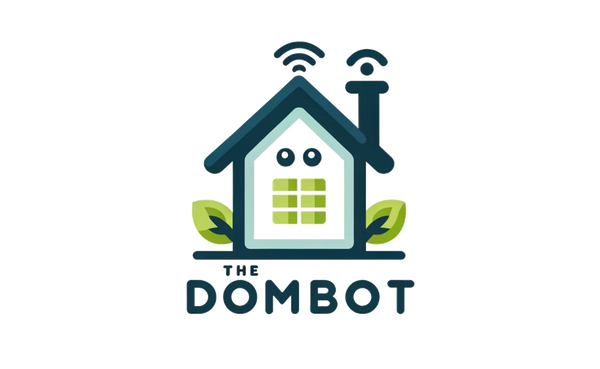Collection: Raspberry Pi Home Automation: Turn Your Pi into a Superhero
Turning Your Raspberry Pi into a Home Assistant Superhero (with a dash of humor)
Hey there, tech-savvy friends! Today, we're diving into the wonderful world of Home Assistant, a software that turns your humble Raspberry Pi into a home automation powerhouse. Think of it as your own personal Jarvis, but without the creepy AI tendencies (hopefully).
Why Raspberry Pi?
Now, you might be thinking, "Why a Raspberry Pi? Can't I just use my fancy laptop?" Well, my friend, the Raspberry Pi is like the underdog of the tech world. It's small, affordable, and surprisingly powerful. Plus, it's a great way to flex your tech muscles without breaking the bank.
The Setup: A Step-by-Step Guide
Alright, let's get this party started! Here's how to transform your Raspberry Pi into a home automation wizard:
Step 1: Gather Your Gear
- Raspberry Pi: You can use any model, but the Raspberry Pi 4 is a popular choice for its speed and power. Check out the Raspberry Pi website for more details.
- Micro SD Card: This is where you'll store your operating system and Home Assistant software. Get one with at least 8GB of storage.
- Power Supply: Make sure it's compatible with your Raspberry Pi model.
- Ethernet Cable or Wi-Fi Adapter: You'll need to connect your Raspberry Pi to your network.
- Monitor, Keyboard, and Mouse: These are only needed for the initial setup.
Step 2: Download and Install Home Assistant
This is where things get a little technical, but don't worry, I'll guide you through it.
- Download the Home Assistant Operating System: Head over to the Home Assistant website and grab the latest version.
- Flash the Image to your SD Card: You'll need a tool like Etcher (https://www.balena.io/etcher/) to do this. It's like copying a file, but for your SD card.
- Insert the SD Card into your Raspberry Pi: Make sure it's securely in place.
- Connect your Raspberry Pi to power: And watch the magic happen!
Step 3: Access Home Assistant
Now, you'll need to access Home Assistant through your web browser.
- Find your Raspberry Pi's IP address: You can do this by looking at your router's settings or using a tool like Fing (https://www.fing.com/).
- Open your web browser: Type in your Raspberry Pi's IP address followed by ":8123" (e.g., 192.168.1.100:8123).
- Log in: The default username and password are "admin" and "admin". Change these immediately for security reasons!
Adding Devices and Integrations
Now that you're in the Home Assistant dashboard, it's time to start adding devices and integrations. Think of it like building your own personal automation empire.
- Smart Lights: Connect your Philips Hue, LIFX, or other smart bulbs.
- Smart Plugs: Control your appliances with smart plugs like TP-Link Kasa or WeMo.
- Sensors: Add motion sensors, temperature sensors, and more to create a truly intelligent home.
The Fun Part: Automation!
This is where things get really exciting. You can create automations that trigger based on events, time, or even your location.
- Turn on the lights when you arrive home: No more fumbling for the light switch in the dark.
- Adjust the thermostat based on the weather: Save energy and stay comfortable.
- Play music when you start cooking: Set the mood for your culinary masterpiece.
Home Assistant Blue, Yellow, and Everything in Between
Home Assistant is incredibly versatile. You can customize it to fit your needs and preferences. Want to change the theme to a vibrant blue or a sunny yellow? No problem! There are countless themes and add-ons available to make your Home Assistant experience truly unique.
Conclusion: Embrace the Power of Home Automation
There you have it! You've now transformed your Raspberry Pi into a home automation superhero. With Home Assistant, you can control your devices, create automations, and make your home smarter than ever before. So go forth, my friend, and unleash your inner tech wizard!
